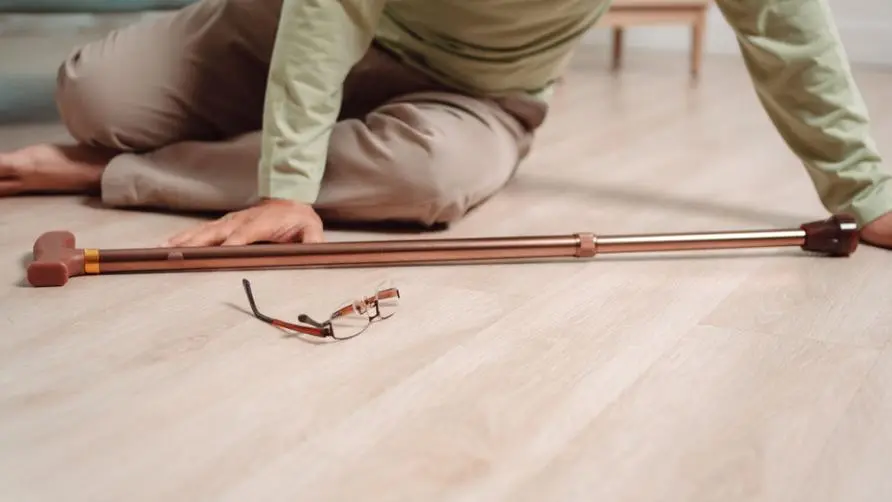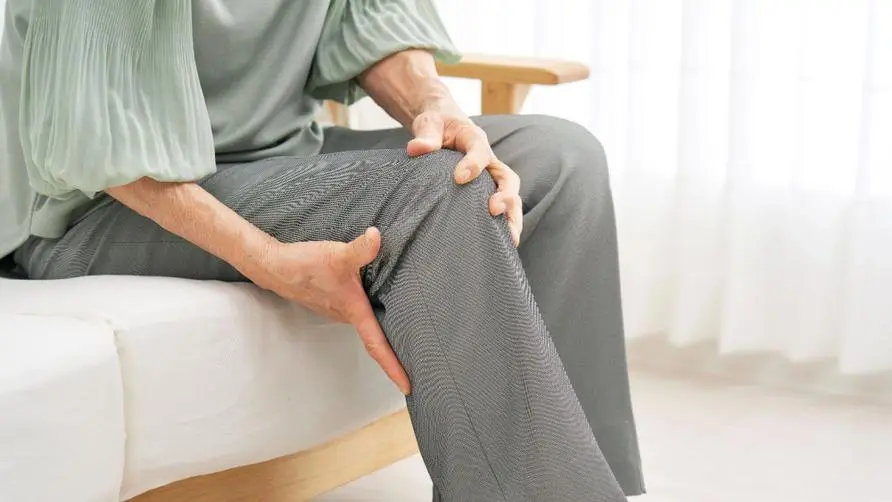Don't you have to go to the gym if you want to get stronger? Nutritionist teaches "methods to gain muscle without losing weight", 6 tips to build muscle mass

Don’t you have to go to the gym if you want to get stronger? A nutritionist teaches 6 tips for “gaining muscle without losing weight”
If you want to increase your body’s muscle mass, besides going to the gym frequently and doing strength training, are there any other ways to help increase muscle mass? Dietitian Gao Minmin pointed out in a social post that for older, mature people, weight training is a relatively difficult exercise; middle-aged and middle-aged people are more likely to find it difficult to spare time for fitness due to their busy work schedules. If you do not exercise or improve your eating habits for a long time, your muscle mass may be lost unconsciously.
Therefore, it is recommended that both middle-aged and mature people try to build muscle mass from the following 6 aspects to return muscle strength to normal and avoid weak muscles:
Supplement high-quality protein. Consuming good protein along with proper exercise can help increase muscle mass. It is recommended to eat 6-8 servings of high-quality protein every day, mainly based on “prototype foods”, such as milk, eggs, lean meat, soy products, etc.
Supplement vitamin D. Vitamin D helps strengthen bones and maintain bone density, promotes calcium absorption, maintains good muscle function, and protects muscle tissue from wear and tear.
Ensure adequate calcium. Having healthy bones can support the body’s muscles, and calcium will gradually be lost as we age. Therefore, calcium supplementation has become a very important part of “healthy aging”. Taking in about 1,000 mg of calcium a day can slow down bone loss and protect muscle tissue.
Go for a brisk walk three times a week. Moderate walking can help increase muscle strength and slow down the aging rate of the body; it can also be replaced by walking, swimming, yoga, Tai Chi and other exercises, or practiced interactively. It is recommended that those who rarely exercise should gradually increase the duration and difficulty of exercise, and do not be greedy for a while and cause muscle tissue injuries.
Adequate caloric intake. Many people mistakenly believe rumors on the Internet and adopt radical dieting or fasting methods to lose weight, resulting in insufficient caloric intake. Long-term lack of calories leads to weight loss, and muscle mass is also consumed simultaneously. On the contrary, it is easy to become a “puff man” body that is prone to obesity.
Get enough sleep. Staying up late can easily cause inflammation in the body and affect the body’s ability to synthesize muscle, leading to sarcopenia. Getting enough sleep can help the body reduce inflammatory factors and stimulate growth hormone secretion.
It’s not just about being older! What are the key causes of muscle loss?
In addition, nutritionist Gao Minmin also reminded that with age, the muscles of many mature people begin to degenerate. If they do not exercise regularly or change their eating habits, they are likely to fall into the crisis of “sarcopenia”; in the past, academic circles have It has been confirmed that sarcopenia is related to health problems such as nutritional imbalance, body inflammation, metabolic abnormalities, and immune diseases.
In fact, muscle loss is not only related to aging. If middle-aged and middle-aged people have poor living habits, the crisis of sarcopenia is more likely to come earlier. Nutritionist Gao Minmin explained that the occurrence of sarcopenia is clearly related to the following 6 conditions: the first is insufficient activity, such as being sedentary or bedridden; the second is inflammation in the body, which leads to changes in the efficiency of muscle production. Poor, accelerated decomposition.
The third is improper weight loss. Dieting and insufficient calories will cause muscle decomposition and loss; the fourth is related to disease, and when the disease occurs, the rate of muscle loss will accelerate; the fifth is hormonal imbalance, which may also accelerate the decomposition of protein; finally It is an unbalanced diet, mostly related to insufficient intake of high-quality protein, resulting in a shortage of raw materials for muscle synthesis.
Can’t wring out the towel and have difficulty getting up? 6 steps to self-assess whether you have muscle loss problem
How do you know if you have sarcopenia? Nutritionist Gao Minmin said that if you encounter the following 6 major difficulties in life, you must seek professional help from a doctor as soon as possible:
The calf circumference is too low: circle the calf with your fingers and there is still a gap after encircling the calf.
Difficulty getting up from a sitting position: Needing handrails or support from others to get up.
Inability to wring out the towel: Reduced muscle mass leads to reduced grip strength.
Frequent falls: more than 2 falls within a year.
Unable to lift heavy objects: unable to lift items of about 5 kilograms.
Climbing 10 stairs is difficult: you need to rest after walking 2-3 steps.
Dietitian Gao Minmin reminds that the rate of muscle strength loss will accelerate with age, which is why many elderly people are prone to back pain, numbness in hands and feet, and even fractures due to accidental falls when they enter old age. “Sarcopenia” can be said to be a major killer of disability in the elderly. It is recommended to develop a good habit of “eating more + moving more” to help slow down the rate of muscle loss and achieve the goal of “healthy aging” in later years.





